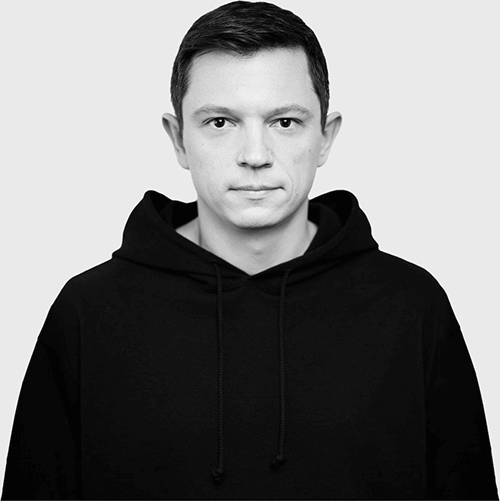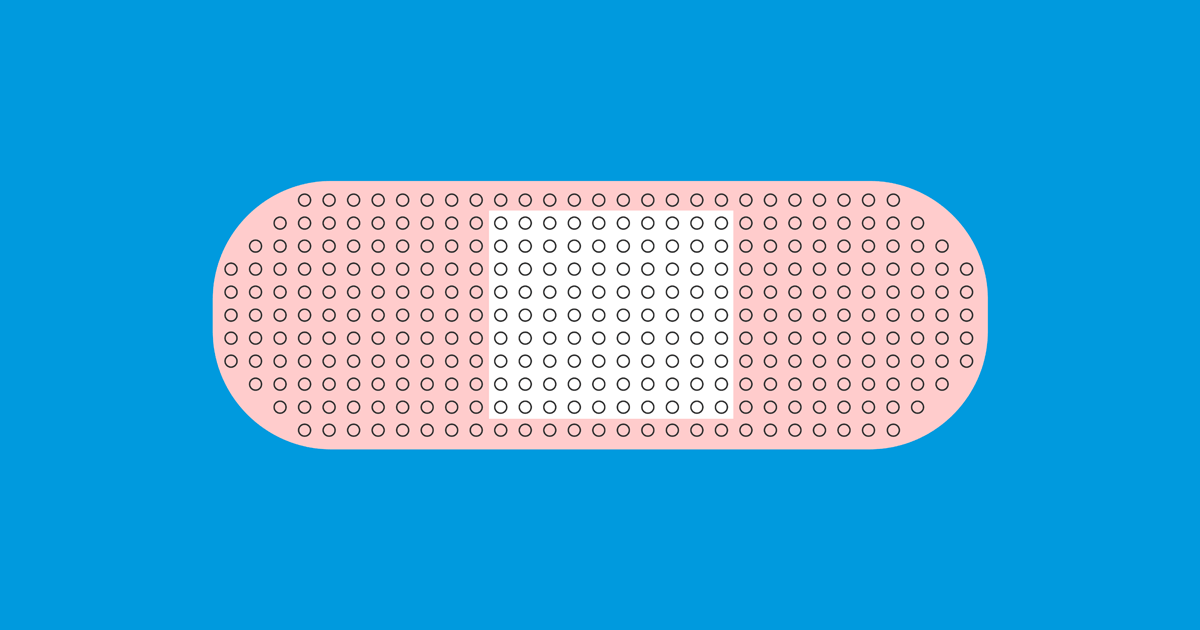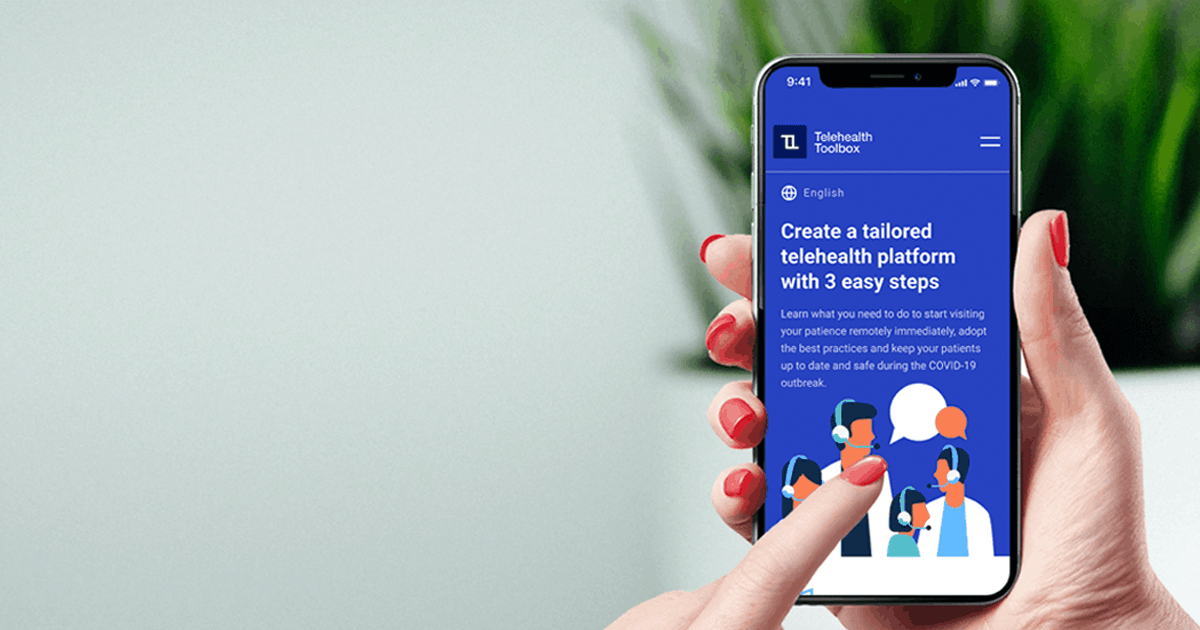
Behavioral Science for Health & Wellness Product Design
Would you like to be healthier? To eat better? To exercise more? To improve your daily habits? If you said yes to any of these questions, you are not alone. Most of us would benefit from making such changes—but wouldn’t the whole healthcare system benefit, too? U.S. healthcare spending is the highest it’s ever been and continues to soar. We all know that preventative care—that is, taking proactive measures before things get out of hand—could save the system hundreds of billions of dollars while improving the health of the overall population. So why has the adoption of health apps been so slow?
One reason is that the incentives are misaligned. Most healthcare providers are only paid when patients come in to see them with a condition that requires treatment. However, with the shift toward value-based care, preventative care will be a growing area of focus for well managed healthcare systems. In this article, we explore what health apps can learn from the field of wellness, and share a behavioral product design approach that can help maximize the value of consumer health apps for both users and businesses.
Being human is being flawed
If you’ve read our report about product discovery, you know that to develop a product people really want, it must help accomplish a certain goal or solve a specific problem your users have. We call this finding a problem-solution fit, and it represents a promise you now need to fulfill by moving from the what and why to the how of delivering user value.
For the purposes of this article, let’s assume you already have some version of the product in the market. Let’s also assume you’re able to measure its effect on user behaviors, as well as how those behaviors translate into helping you fulfill your business goals (further assuming that the product was aligned with your business’s Objectives and Key Results (OKRs) to begin with). What if your metrics aren’t meeting expectations? What if your users aren’t accomplishing the goals your product promised to help them accomplish? What could be standing in the way?
Often, it is what we call the execution gap—the disconnect between what users aspire to accomplish when they first sign up for your product, and the actions they are ready to take in order to achieve that goal. Even when it comes to something as critical as our health, all human beings, despite our best intentions, struggle to do what’s good for us sometimes.
Designers are familiar with this behavior pattern. During user research interviews, a typical first step in the design process, we ask users to explain their behavior or decision-making processes. Much of the time, their responses describe a rational process they think they followed, but one that does not reflect their actual behavior or decision-making. They aren’t intentionally lying to us—they’re just unaware of their own blindspots and the real reasons for their decisions. This helps explain why people notoriously fail to follow through on their desired actions, and it also shows why it’s not enough to simply ask users about their needs, frustrations and motivations. You have to observe what they actually do.
To do the right thing for your users, you can’t just listen to what they say. You have to observe what they do.
This is especially pronounced with products that have a long reward cycle or lack immediate results, like those focused on health and wellbeing. A fitness app might provide us with a personalized exercise program, but it’s still hard to get ourselves moving. A nutrition app might offer us plenty of tasty and healthy recipes, but sticking to any diet for a set duration might still feel almost impossible. Even with a daily guided meditation app, it might feel challenging to fit it into our routine. Forming new habits is hard, as it requires us to replace existing behaviors and habits that may have been formed and reinforced over a lifetime.
If the user fails to achieve the promised goals using the product, it is the designer’s fault.
Product designers are responsible for helping users navigate this struggle. Our job is to design products that empower users to live the lives they desire. That means we must find ways to give them that little nudge at the critical moment, and then remove any obstacles that might set them off track. If users fail to meet the goals our products promise to help them achieve, it is the designer’s fault. People fall in love with products not for their promise, but because they actually work. When they do, we are rewarded with their gratitude, rave reviews, referrals, engagement and loyalty.
Tapping the power of behavioral science for product design
Exceptional designers and product managers often pride themselves on their intuition about what makes people tick. They start with their gut instincts and then progress by trial and error. But there is another way—a shortcut of sorts borrowed from behavioral science, a field which draws on psychology, economics and neuroscience to understand human cognitive processes, decision-making and behavior. Humans might be irrational, but as Duke University behavioral economist Dan Ariely illustrates, they are predictably irrational. This means we can anticipate and design for their flaws and irrational behaviors.
Behavioral science is a shortcut that helps you anticipate problems and design solutions by explaining what people are actually likely to do.
Over the course of decades, behavioral science has produced a wealth of evidence-based research. For much of that time, however, its theories have been largely confined to academia. Today, this knowledge is widely available and ready to be incorporated into product design work, amplifying our ability to design products that help people meet their goals and improve their lives. Even a basic grasp of some key behavioral science concepts will empower you to build reliably more effective products.
In order to apply behavioral science to design, you must first identify the specific business objectives you’re trying to achieve. Those objectives will help determine the behaviors you seek to elicit from your users. Since product managers and designers are ultimately responsible for creating business value, any new product decision must consider both user outcomes as well as associated business outcomes. This bears repeating, since aiming for the wrong target will inevitably cause you to miss.
The most typical business objective are to increase revenue (either by growing the user base or increasing user engagement and retention) and to reduce costs. In case of health and wellness apps, for example, that could mean reducing the cost-to-serve by driving users toward lower-cost care options like telemedicine. Whatever business objective drives your decision making, being as clear as possible about your north star is critical.
Wellness example: Connected fitness companies like Peloton, Tonal and Hydrow all offer free 30-day, worry-free trials of their hardware. But their companion apps, which provide virtual workouts, fitness tracking and community features, arguably deliver most of the value of their products. Their main business objective, therefore, is to maximize the number of users who remain monthly subscribers in the long run.
Once you’ve identified the business objective you want to target, you must determine which steps of your customers’ user journey they are associated with. Sometimes they will be clearly associated with a specific step of the user journey, but they often cover multiple steps.
Wellness example: To maximize monthly subscriptions, connected fitness companies need their products to become an indispensable part of the user’s daily routine. That means they will do everything they can to get users hooked during the initial 30-day trial period. By giving users free access to premium features during the trial phase of their user journey, they can maximize engagement. High engagement is good for the user, but it’s also the best predictor of subscription retention.
Business outcomes follow user outcomes, so you must be sure to understand user behaviors and how they affect your business. For most health and wellness apps, you’ll already know which behaviors you want to drive users toward—those aligned with your product’s promise, which is the reason people signed up in the first place. At frog, we like using issue trees to illustrate and understand the systemic connections and associations between various product touchpoints, user behaviors and business objectives.
Business outcomes follow user outcomes. Therefore you must define the user behaviors you want to drive.
Your product data will give you an understanding of current user behaviors. If you don’t have such data, your first priority should be user research. Quantitative and qualitative user data gathered during research will help you uncover how users are actually engaging with your product. If the data shows that users are not behaving in a way that helps them meet both their goals and your business objectives, you have possibly identified an execution gap.
Wellness example: Let’s say the user research gathered by a connected fitness company shows not using the equipment for two weeks straight is a strong indicator that a user will suspend or end their subscription. The company might decide that re-engaging users with personalized workouts, progress visualizations or social comparisons in the second week of inactivity is critical to maximize retention.
Whatever your user’s goal, there are forces pushing them toward it and forces pushing them away. Once you’ve identified an execution gap, you can leverage behavioral science to amplify those forces pushing them toward the target behaviors. One of the most critical concepts that can help you understand the execution gap is that of cognitive bias, which is defined as a systematic deviation from rationality in judgment.
The goal of a bias audit is to generate insights into user behavior through the lens of common cognitive biases documented by behavioral science research. Once you are familiar with cognitive biases, you can anticipate where they may appear throughout your user’s journey.
Wellness example: To understand why user engagement is so low, a connected fitness company embarks on a bias audit. They learn that some users thought they would be able to make time for exercise every day after work, but later realized they were being overly optimistic (the Planning Fallacy); others struggled to get back on track after missing a few days in a row (the “What-the-Hell” Effect); yet another group disengaged from the app because they didn’t want to be reminded of their lack of progress toward their initial goals (the Ostrich Effect).
Cognitive biases are a form of predictable irrationality. That means designers can anticipate them and deploy behavioral interventions that divert or even exploit those cognitive biases in order to promote desired behaviors. For example, by changing the default settings within an app, designers can maximize selection of a desired option. This behavioral intervention is known as choice architecture, but there are many other behavioral interventions at our disposal: rewards, incentives, peer comparisons. Although Nobel laureate Richard Thaler originally referred to such tools as “nudges,” today their use is often described as “gamification.”
Because people are predictably irrational, we can anticipate their behavior and design for it.
It is critical to state that behavioral interventions must always support the explicit promises of the product. When they do, we can be sure that we’re helping users accomplish their goals, rather than manipulating them into behaviors that serve only our business objectives. As social media platforms have illustrated, such techniques can increase user engagement tremendously, but in ways that foster arguably unhealthy behavior patterns.
Wellness example: The connected fitness company can use a number of behavioral interventions to address specific execution gaps. To help users make time for workouts, the app could help users identify available windows in their calendar and commit to the most likely times to complete them (Implementation Intensions Bias). The app can help anticipate and prepare for the obstacles that will inherently arise by asking the user to visualize how they will respond to those obstacles, perhaps even writing down a rule “if X happens, I will do Y.” To avoid letting the users fall off the wagon for too long, personal metrics could include a consistency and training streak—it’s better to exercise even for 10 minutes than to skip the workout completely. Another tactic is to assign a human “accountability buddy” that taps into the peer motivation that an app alone cannot. If the user has lapsed for a few days too many, the app should bring them back with an encouraging message that recognizes life is tough and today is a new day, rather than reminding them of their missed sessions—they already know that.
We A/B test behavioral interventions, comparing them both to each other and to the original design to find interventions and combinations that maximize desirable user behaviors and business outcomes. Be observant and patient in this process. Sometimes a seemingly small change has an immediate impact on business outcomes, but sometimes interventions require a longer timeline to translate into business results.
Wellness example: The company has now designed multiple interventions to address specific execution gaps. They should try them all. Try them individually, together, in different sequences, and on different user groups to see which combinations yield the best results. There are no sure solutions—what works in one context doesn’t always work in another. It is a process of learning and optimization.
With great power comes great responsibility
If you’re uneasy about the idea of exploiting flaws in human cognition to influence individual behavior or achieve business gain, you’re hardly alone—behavioral scientists have spent tremendous energy debating the social applications and moral ramifications of their research. But as system, product and service designers, we should recognize that we’re always directing users toward some behavior, whether intentionally or not. That means it is our responsibility to direct users toward those behaviors aligned with the intentions and goals that brought them to our product in the first place. Like a trusted doctor, coach or friend, users disclose their personal goals to us and trust that we will help them on their journey, even if that means pushing them and holding them accountable in ways that might occasionally feel uncomfortable.
The alternative is to ignore the wisdom of behavioral science, leaving our users to grapple blindly with internal barriers and biases that inhibit their success. As human-centered product designers, we should know that’s a bad choice. Particularly in healthcare, people depend on the wisdom and goodwill of experts to help them stay as healthy as possible for as long as possible. In the same way doctors seek out the most effective medications and treatments, shouldn’t we designers tap the power of behavioral science to maximize the results of the care we provide?
How to operationalize it?
Many companies have a centralized behavioral lab that looks for opportunities to employ behavioral science across the entire organization. We advocate for the empowerment of product teams as behavioral science practitioners who will be able to see such opportunities on an ongoing basis for themselves. They are the closest to the users, their desires, and the ways your products help turn those desires into reality.
This starts with hiring the right people, training your team, or working with the right partners to implement behavioral insights in your organization. Whichever path you choose, it will pay off in improving the lives of your customers, building products they love, and driving long-term growth for your business.

Kamil is an Executive Director and Head of Strategy in frog’s San Francisco studio. Kamil works with leading retail, media and technology companies to help them stay ahead of the curve through world-class products and customer experiences.

Viral is Vice President and Head of Strategy at frog San Francisco. Viral focuses on helping clients define and achieve their business objectives while pioneering innovative products and services for their customers. In today’s world, where consumers are more discerning than ever before, Viral believes the future is ripe for those that can create products and services that consumers want—well before they know they even want it.
We respect your privacy
We use Cookies to improve your experience on our website. They help us to improve site performance, present you relevant advertising and enable you to share content in social media. You may accept all Cookies, or choose to manage them individually. You can change your settings at any time by clicking Cookie Settings available in the footer of every page. For more information related to the Cookies, please visit our Cookie Policy.



